FPGA Snake Game


Rising senior in Electrical Engineering with a concentration in Energy Technologies and Sustainability. Currently, I am the Grounded-Low Voltage Lead in Terrier Motorsport, a club participating in Formula SAE's Hybrid + Electric competition. I am also the Vice-President of BU's IEEE-HKN Student Chapter. In the future, I hope to dive deeper into the field of transportation and clean energy systems.
If you would like to talk further, I'd love to connect with you on LinkedIn. Otherwise, feel free to reach out through atrejojr@bu.edu.

Boston University
Bachelor of Science in Electrical Engineering
-

Terrier Motorsport
Boston, MA
Grounded Low Voltage Lead
- Present
Tractive System Lead
-

Starbucks
Boston, MA
Student Manager
- Present
FPGA Snake Game

Lie-Detecting Device
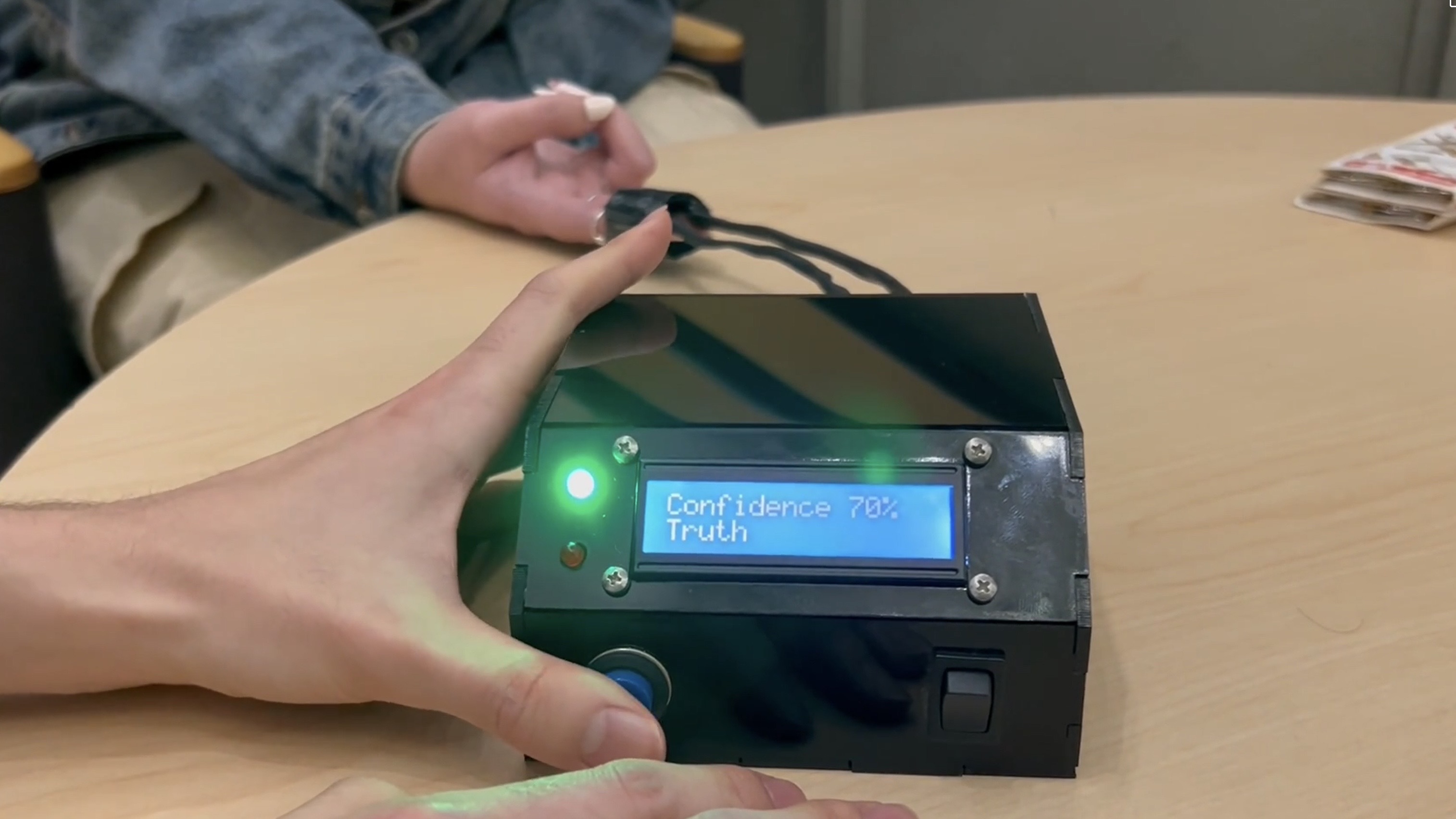
Temperature Sensor
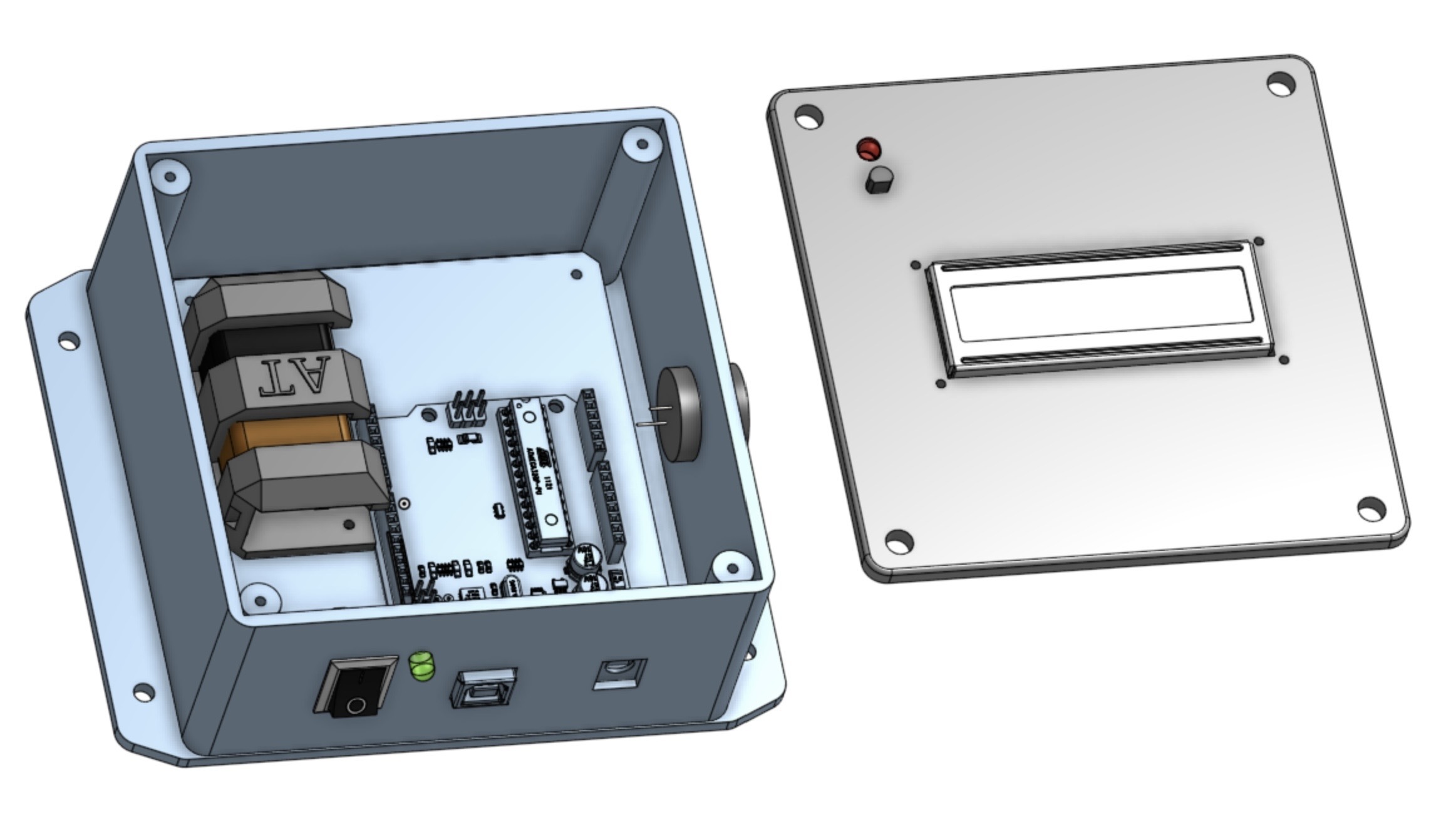
FPGA Snake Game

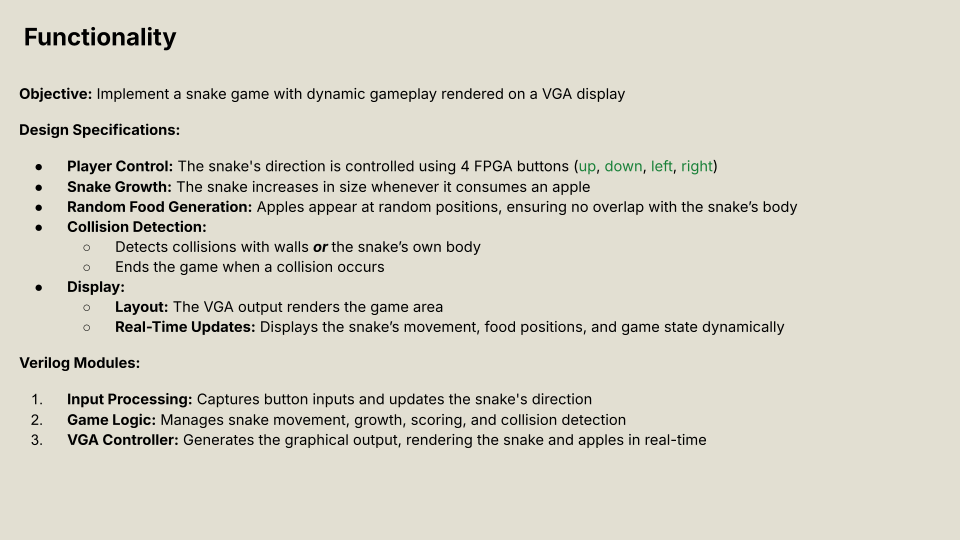
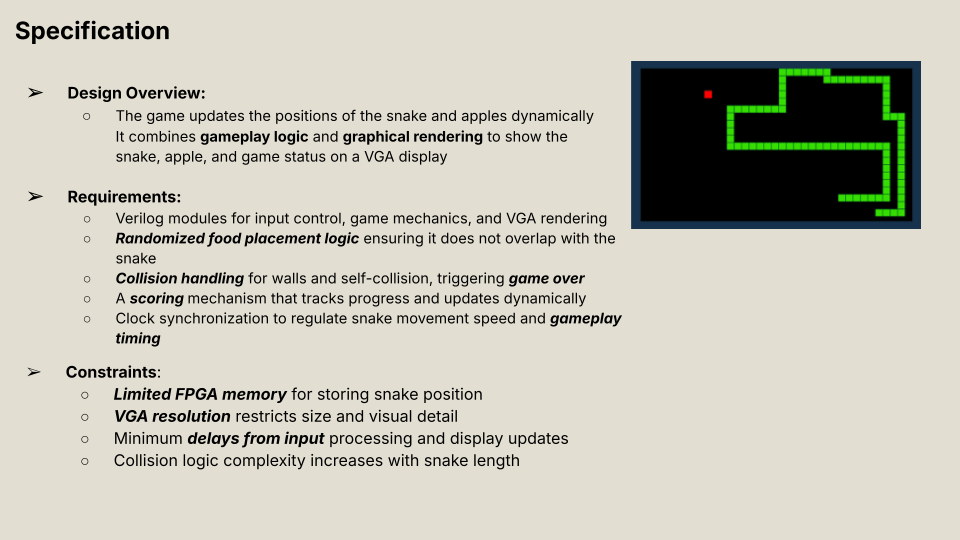
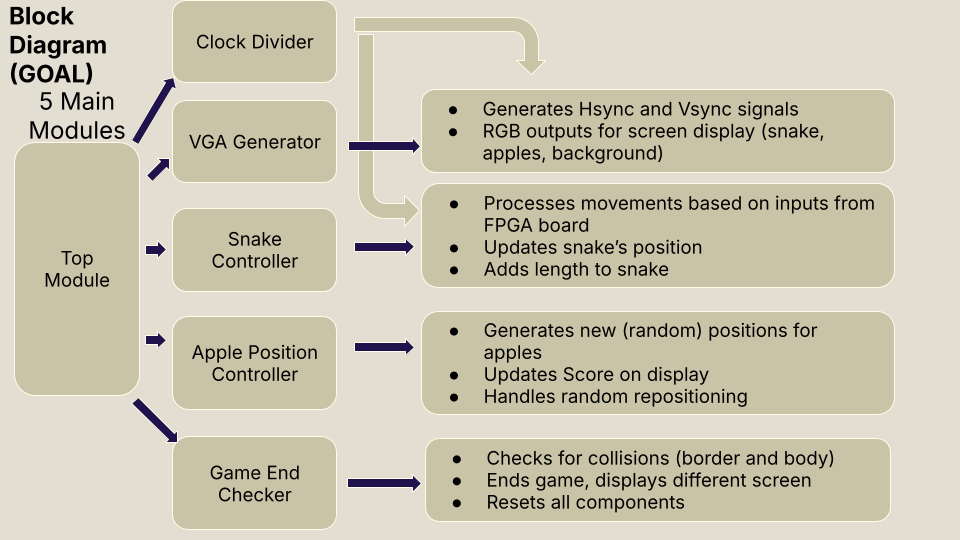
This project was developed throughout the course of a semester. This is a single player video game based on the game “Snake” designed to be played with an FPGA board (Nexys A7) and a VGA display through Vivado. In the repository below, you will find the code files for the game as well as a ReadMe file. The ReadMe file contains instructions on how to run the game, settings for the FPGA, small notes, noticeable bugs, a quick overview of the code, and the sources/inspirations for this project.
Lie-Detecting Device

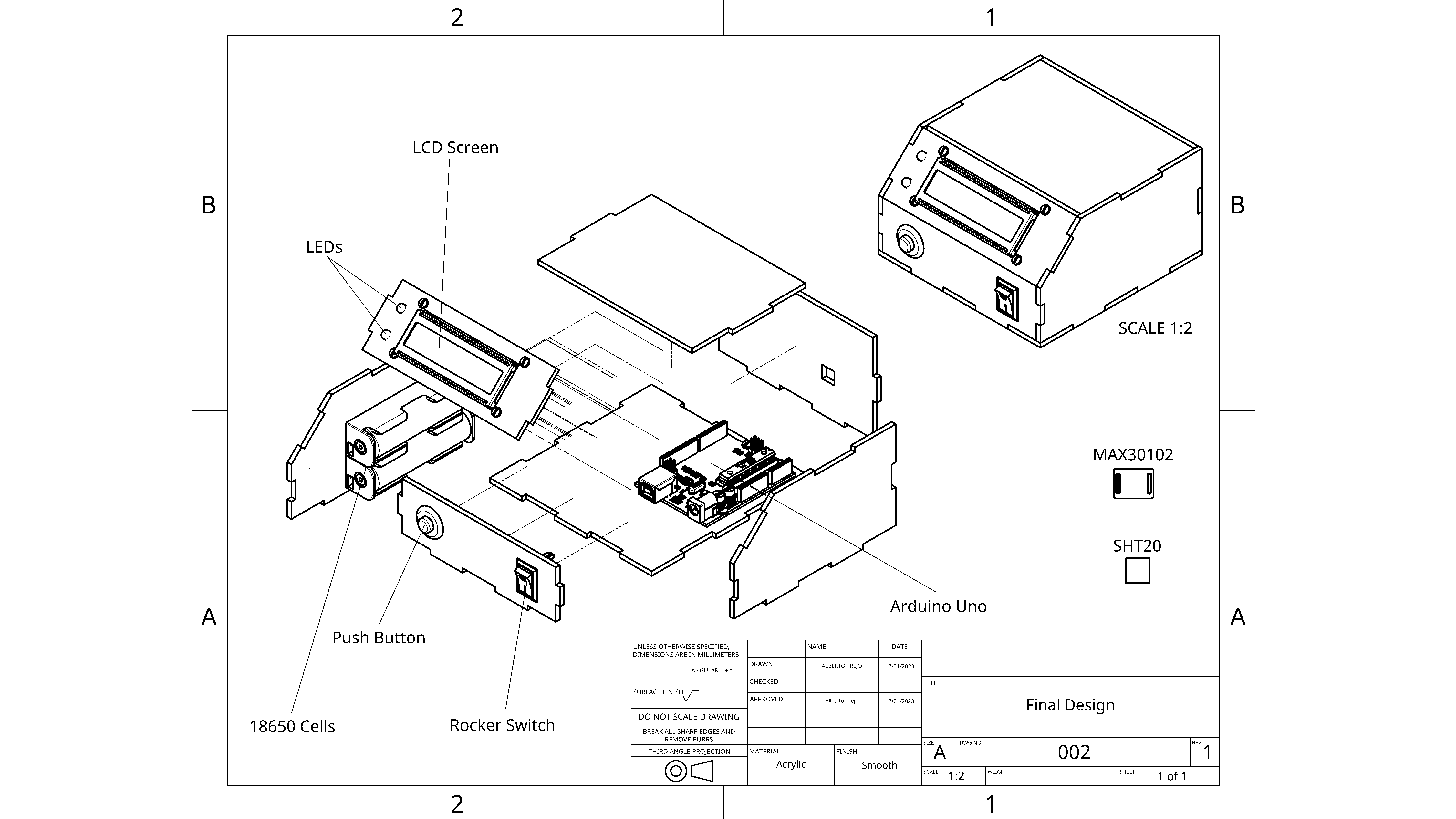

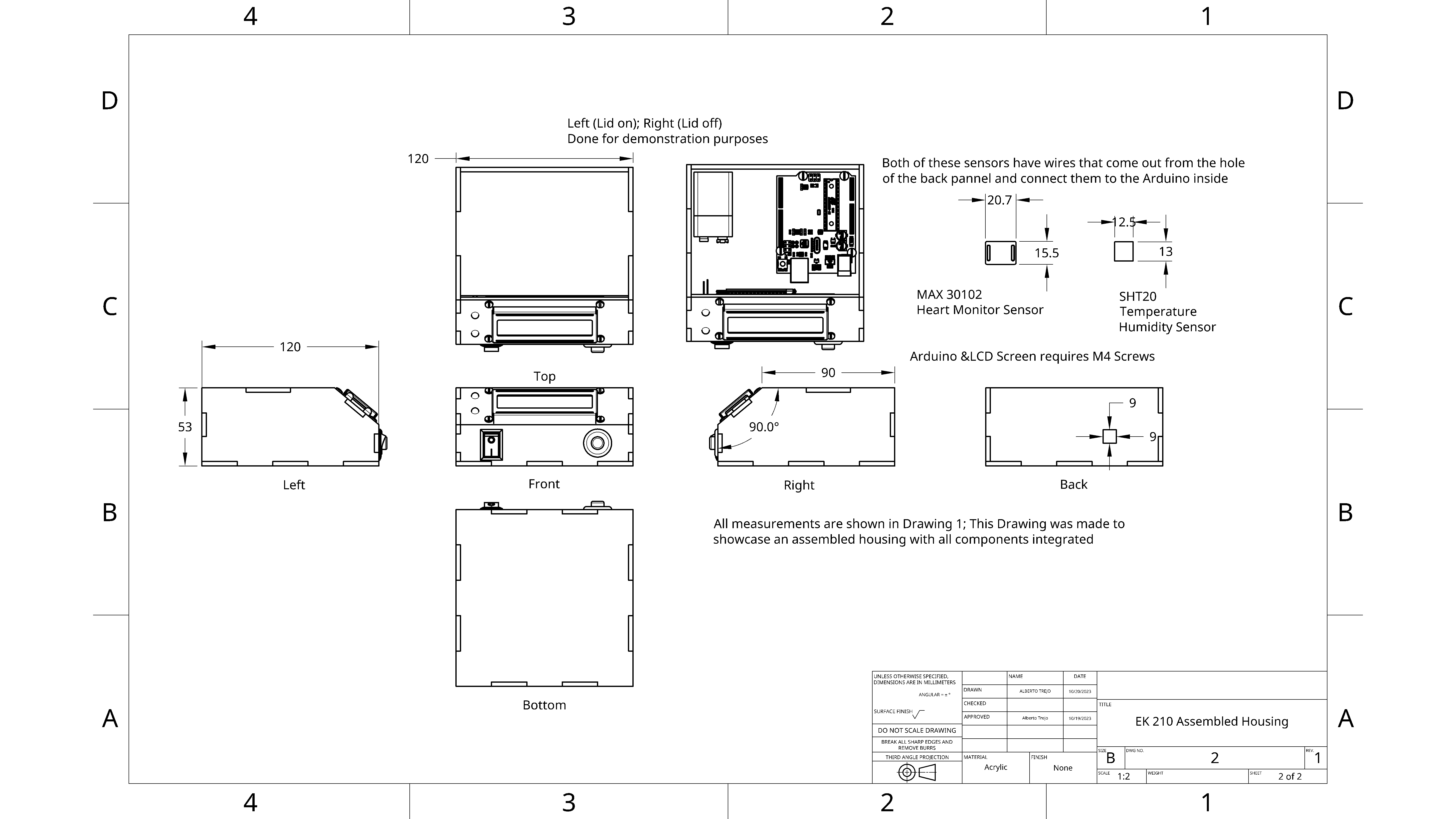
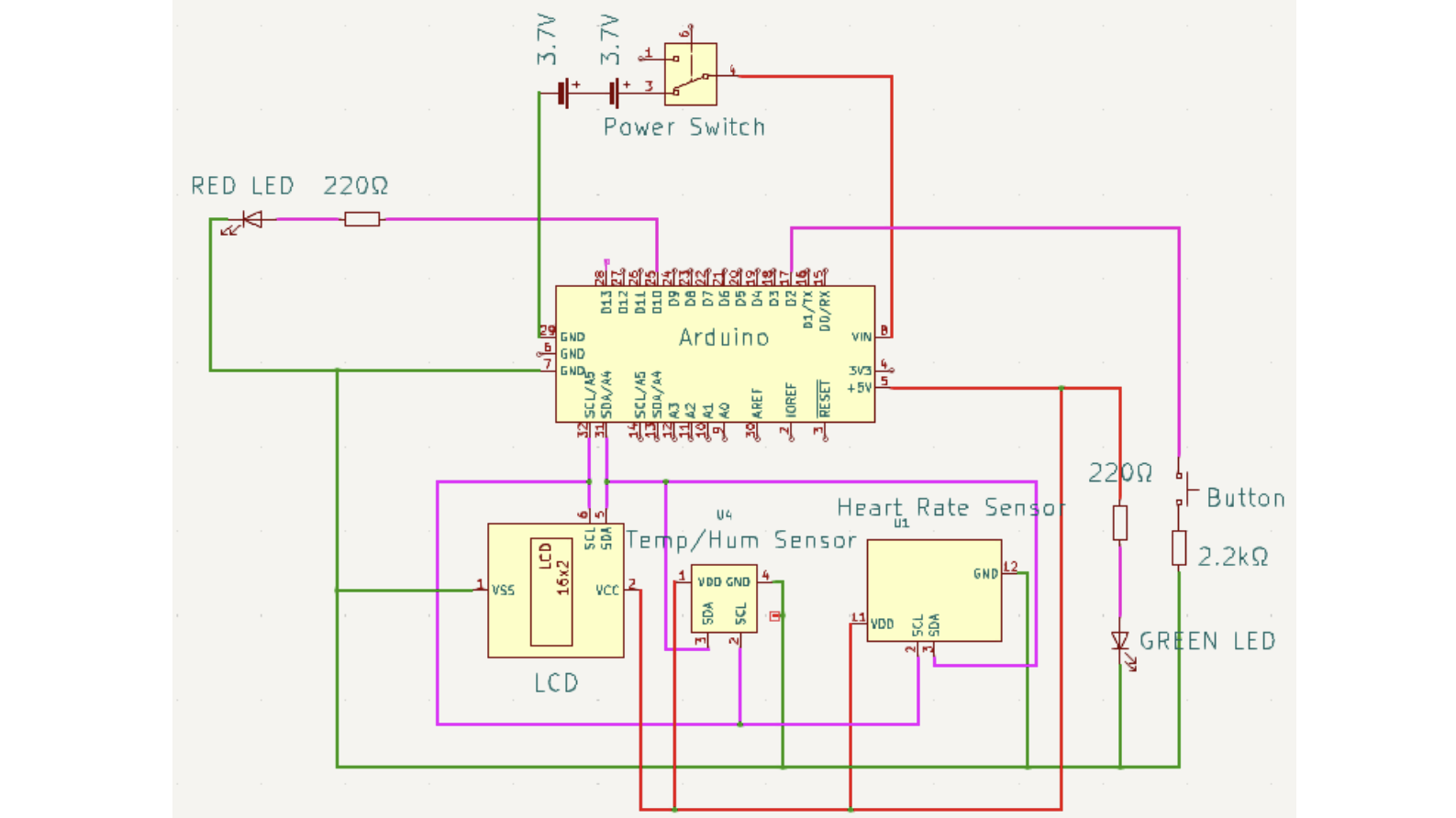
This device was created throughout the course of a semester. This compact lie-detector utilizes a heart rate sensor and a temperature & humidity sensor along with an Arduino Uno to find patterns in user data. We established boundaries and correlations from the data obtained to determine whether the user was lying or being truthful. We were also able to determine a certain confidence intervala and display it on an LCD screen. I was in charge of verifying the electrical diagram and assessing the progress of the Arduino code. Additionally, I created the acrylic housing enclosure in OnShape, laser cut the pannels, and assembled the hosuing. I also did most of the internal wiring, soldering and component mounting. The final product report is below and contains a power budget, BOM, data plots, etc.
Temperature Sensor

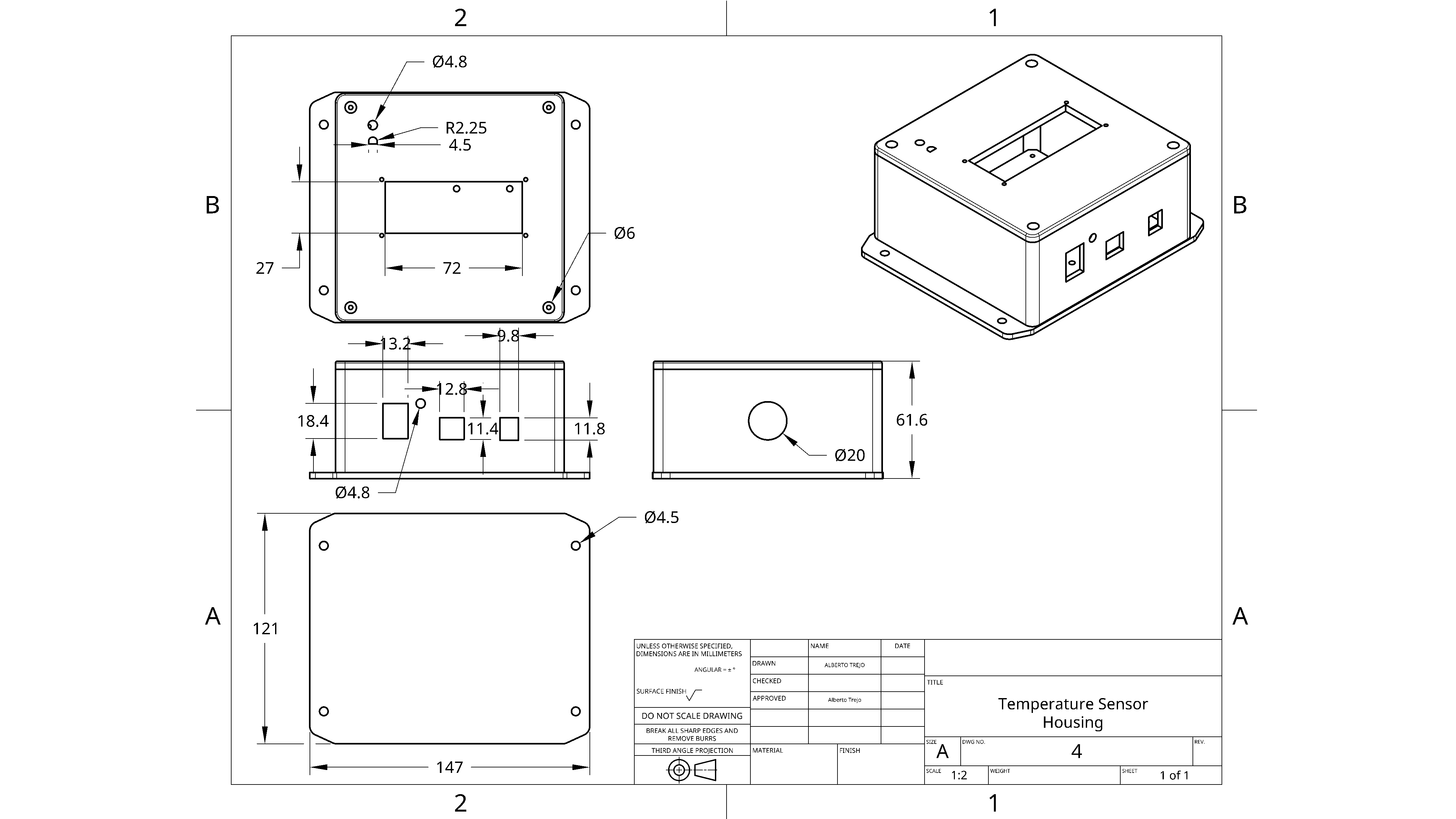
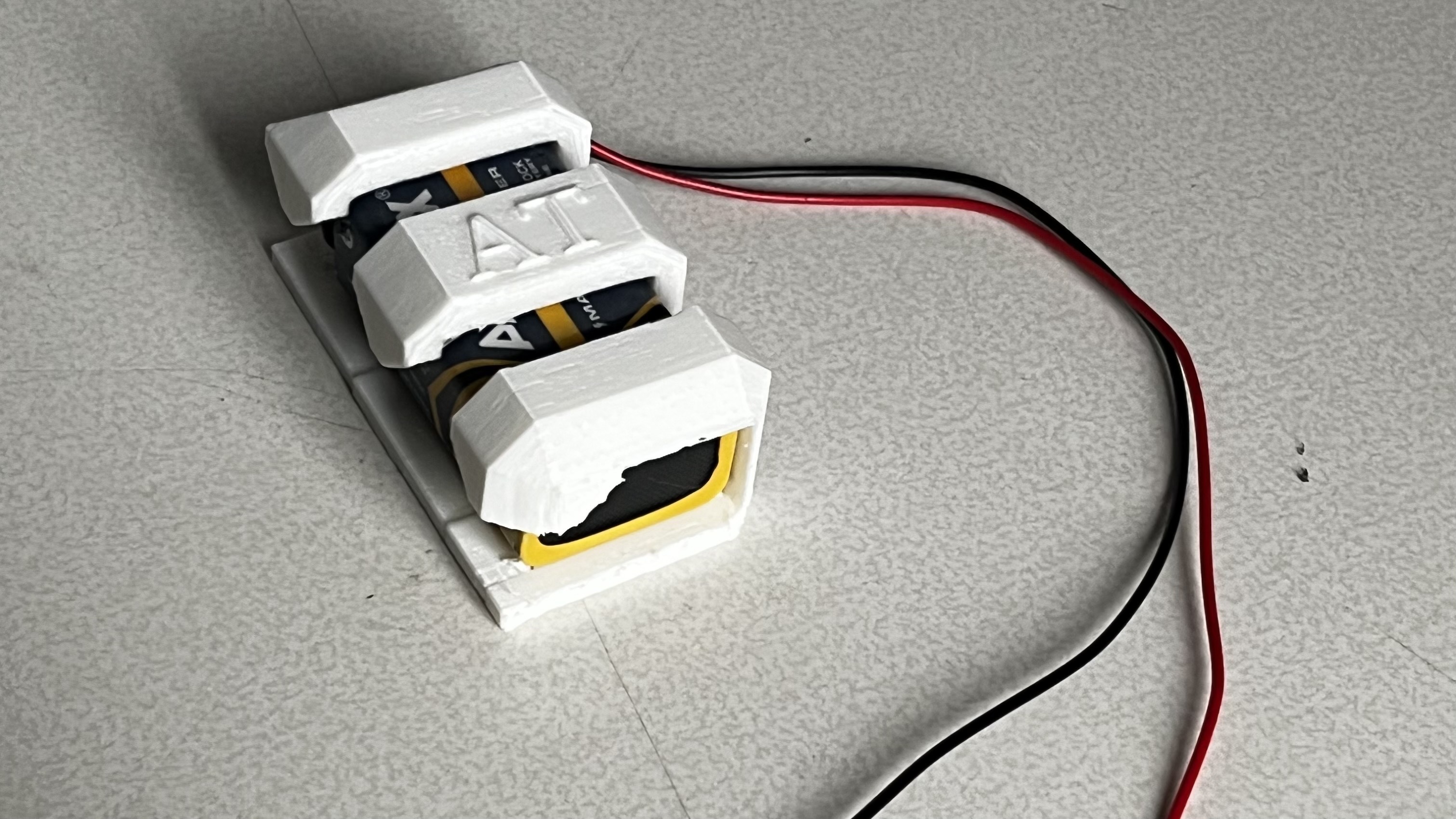
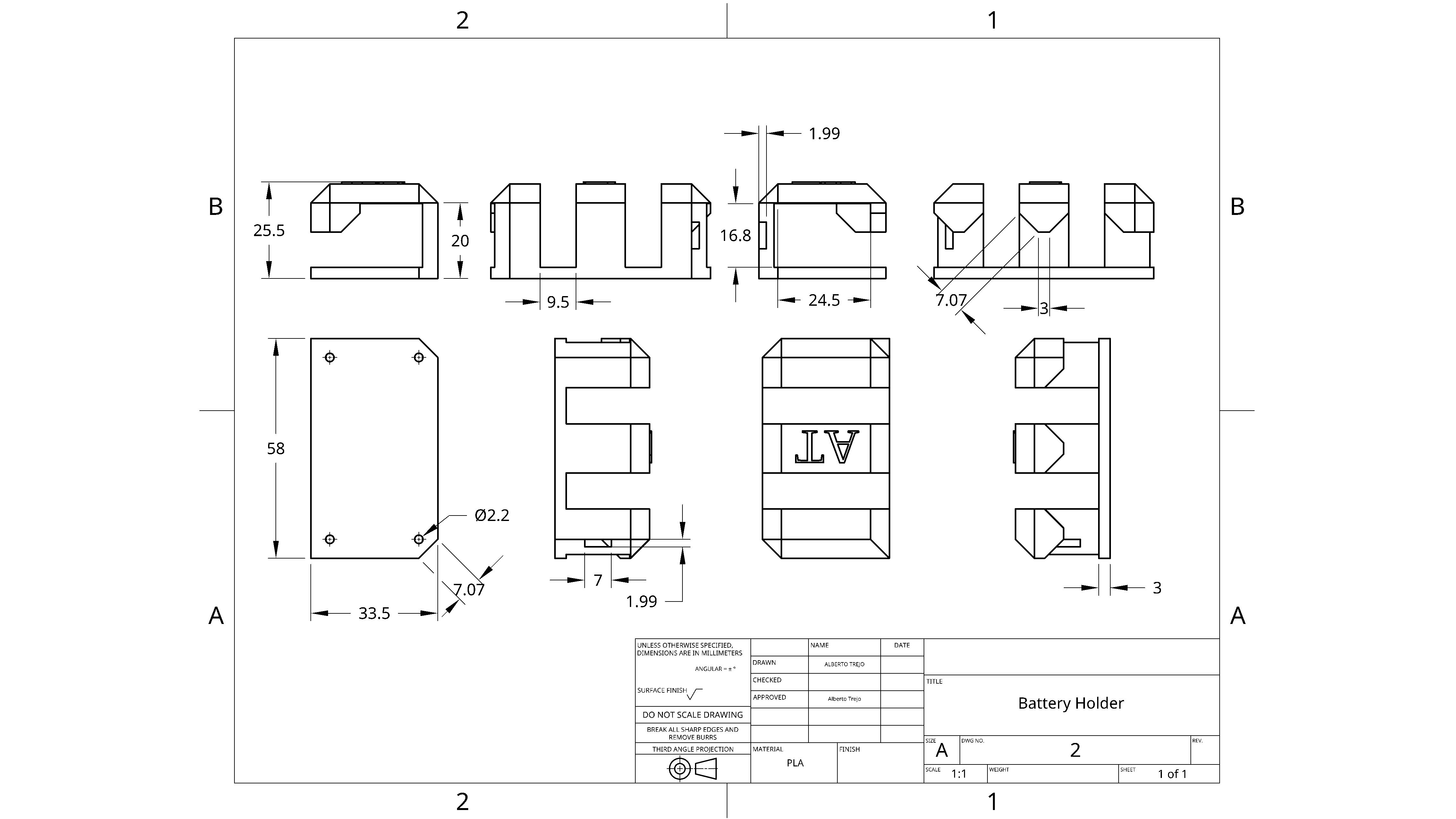
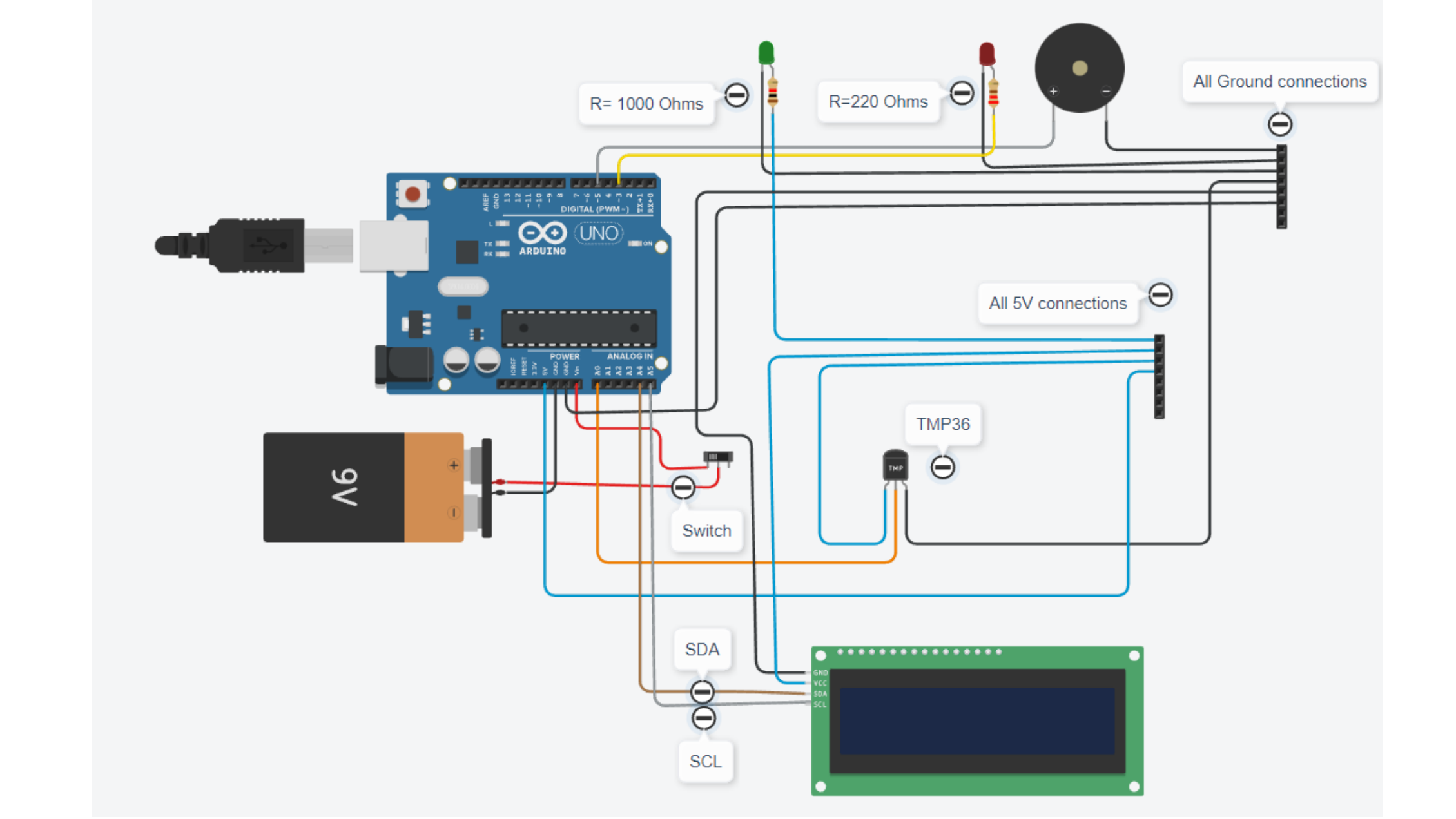
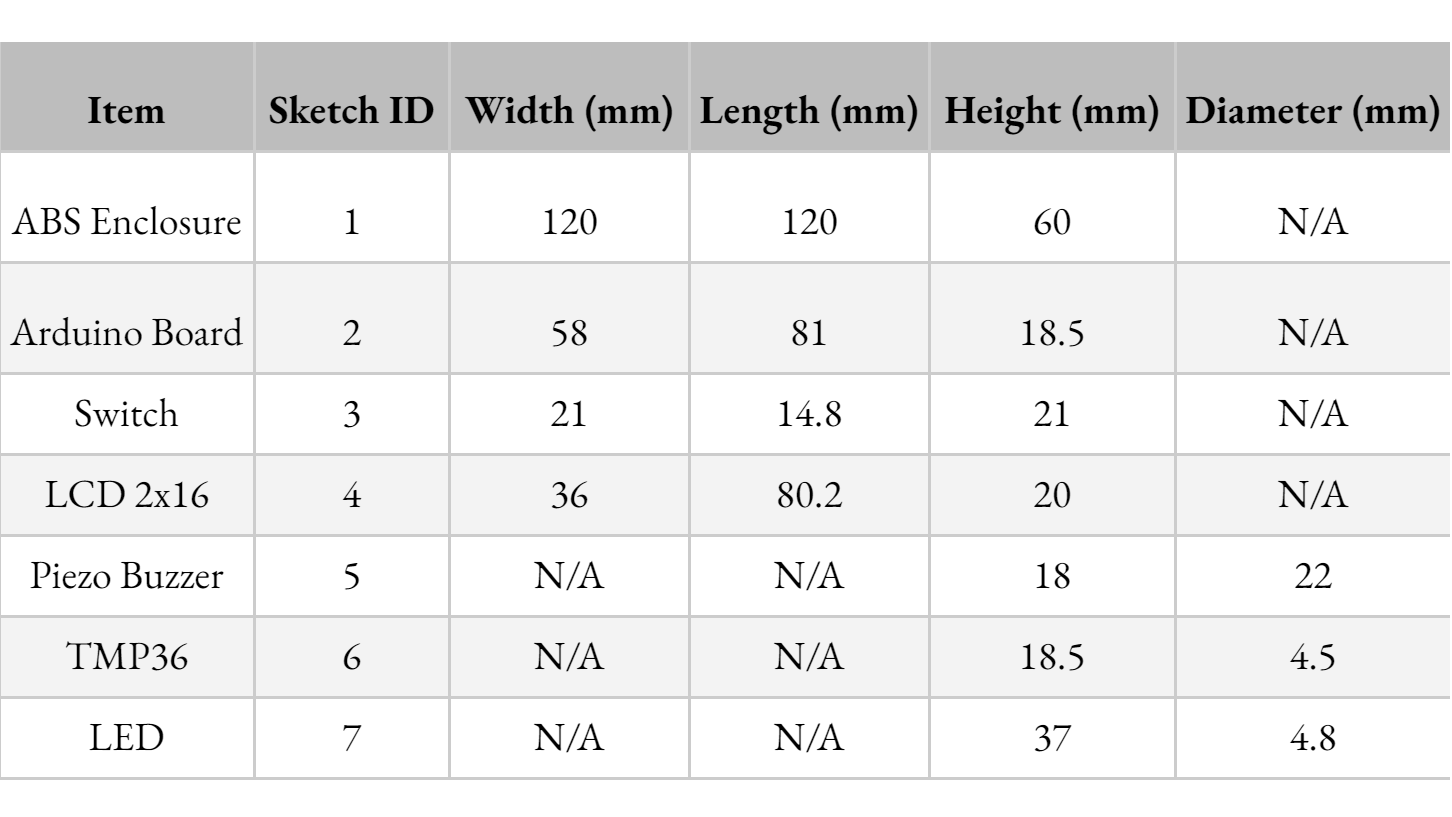
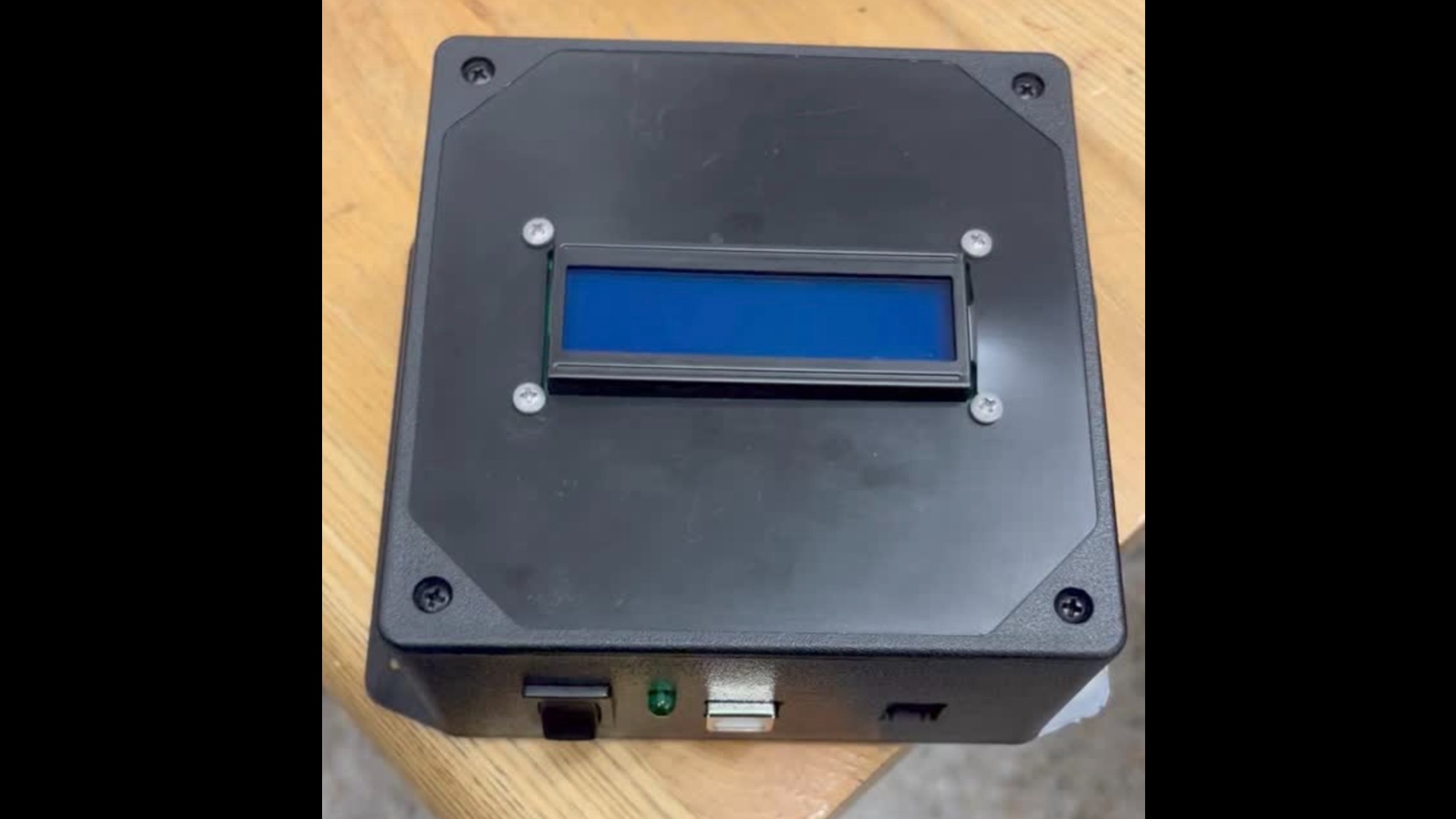
This guided project was completed within one semester. The temperature sensing device utilizes a temperature and humidity sensor (TMP36) along with an Arduino Uno to sound a piezo buzzer whenever the environment is outside a predetermined range. The device is also equipped with an LCD screen to display the current temperature and a blinking red LED as a visual alarm. The Arduino was programmed and fine-tuned to interact accordingly with the components described above to achieve its functionality. The device was tested and compared with an actual thermometer (90% accuracy). The main housing enclosure was provided to us by the instructor, we machined mounting holes for every component. Personally, I designed and 3D printed a custom-made battery holder out of PLA for my 9V battery power supply. Throughout this project I was introduced to drill mills, laser cutters, basic circuit theory, programming, wiring and soldering.